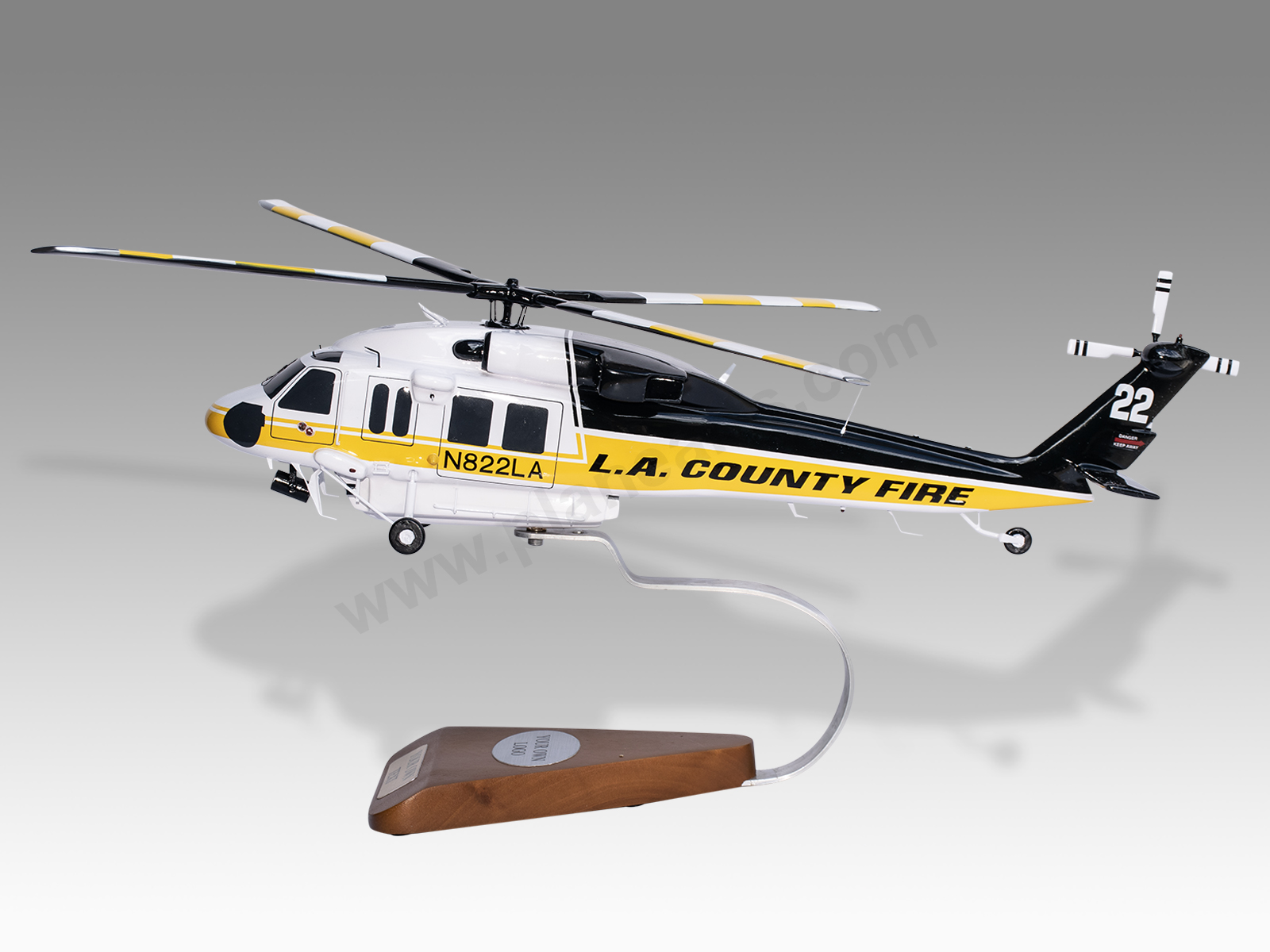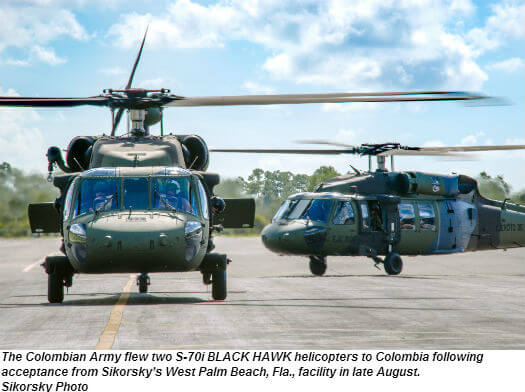High-Performance Multi-Role Rotorcraft Featuring Advanced Cockpit Technologies and Integrated Sensor Solutions
The world of rotorcraft innovation has actually seen significant advancements in recent times, particularly in the realm of high-performance multi-role rotorcraft equipped with advanced cockpit modern technologies and effortlessly incorporated sensing unit systems. These technologies have not just enhanced the operational abilities of rotorcraft however have actually additionally dramatically influenced modern-day aeronautics procedures on different fronts. From boosted goal convenience to enhanced operational efficiency, the convergence of innovative cabin innovations and incorporated sensor systems has introduced a new age of possibilities for rotorcraft applications. In the following discussion, we will certainly explore the evolution of rotorcraft modern technology, explore the realm of innovative cabin technologies, and take a look at the effects of integrated sensor systems on the functional adaptability and efficiency of contemporary rotorcraft.
Advancement of Rotorcraft Modern Technology
The evolution of rotorcraft innovation has been noted by considerable innovations in aerodynamics, materials, and propulsion systems, forming the capabilities and performance of contemporary rotorcraft. Aerodynamic enhancements have actually boosted the efficiency and maneuverability of rotorcraft, permitting raised rate, agility, and stability during flight (sikorsky s 70). Advancements in materials, such as the use of composite materials and advanced alloys, have brought about lighter yet more powerful rotorcraft frameworks, boosting general efficiency and resilience. Furthermore, improvements in propulsion systems, including much more powerful engines and innovative propulsion technologies, have allowed rotorcraft to accomplish greater elevations, faster rates, and better hauls.
These improvements have not only transformed the capabilities of rotorcraft but have actually likewise broadened their applications throughout different markets, consisting of armed forces, industrial, and emergency solutions. The continual advancement of rotorcraft innovation remains to drive innovation in the area, pressing the limits of what is possible and forming the future of upright flight.
Advanced Cockpit Innovations
Structure upon the foundational advancements in the rules of aerodynamics, materials, and propulsion systems, the world of rotorcraft innovation now shifts emphasis towards introducing Advanced Cockpit Innovations. The integration of cutting-edge modern technologies within the cockpit setting plays a crucial function in boosting the operational capacities, security, and performance of modern rotorcraft. sikorsky s 70. Advanced Cabin Innovations encompass a vast range of functions designed to supply pilots with enhanced situational recognition, structured data monitoring, and intuitive control interfaces
One of the crucial developments in cockpit layout is the implementation of glass cabins, which change conventional analog assesses with high-resolution displays. These digital systems supply adjustable formats, real-time information combination, and improved readability, allowing pilots to accessibility crucial information at a glimpse. Furthermore, advanced avionics systems, such as fly-by-wire controls and increased fact display screens, are reinventing just how pilots interact with the airplane, enabling precise control and enhanced decision-making capabilities.


Including advanced cabin advancements not only improves pilot performance but additionally contributes to general objective effectiveness and safety and security in complicated operational environments. By leveraging state-of-the-art technologies within the cabin, rotorcraft producers are establishing new standards for functional excellence and mission success.
Integrated Sensing Unit Solutions
With the advancement of rotorcraft modern technology, the combination of advanced Integrated Sensing unit Systems has actually ended up being paramount in improving functional effectiveness and safety. These Integrated Sensing unit Systems incorporate a wide range of technologies that offer crucial data for different features such as navigation, surveillance, targeting, and ecological tracking. By flawlessly integrating sensors like radars, cameras, lidar, and infrared systems into rotorcraft, operators can benefit from improved situational understanding, enhanced objective capacities, and reduced pilot work.
One secret benefit of Integrated Sensing unit Systems is their capacity to gather real-time data and supply workable insights to pilots and goal drivers. For example, advanced radar systems can detect and track targets over cross countries, enabling very early threat discovery and effective reaction preparation. Furthermore, integrating infrared and electro-optical video cameras makes it possible for rotorcraft to perform reconnaissance and security missions with accuracy Click This Link and precision.
Essentially, the combination of cutting-edge sensor technologies into rotorcraft not only boosts operational efficiency however likewise adds significantly to overall mission success and crew security. As rotorcraft remain to progress, the function of Integrated Sensing unit Equipment will certainly stay at the forefront of technology in the aerospace market.
Functional Flexibility and Effectiveness
Enhancing operational versatility and efficiency in rotorcraft is an all-natural development from the combination of advanced Integrated Sensor Equipments. By leveraging the data and insights given by these advanced sensor systems, rotorcraft can maximize their performance across different objectives and environments.
Operational versatility incorporates the capacity of rotorcraft to adapt to various roles and situations efficiently. With sophisticated cabin innovations and integrated sensing unit systems, rotorcraft can effortlessly change between jobs such as search and rescue, clinical emptying, security, and extra. This versatility improves the rotorcraft's ability to satisfy diverse functional needs without requiring comprehensive reconfiguration.
Performance in rotorcraft procedures is important for maximizing objective efficiency and source utilization. Integrated sensor systems play a crucial function in improving internet functional efficiency by providing real-time information on weather conditions, terrain mapping, target tracking, and a lot more. This data enables pilots to make informed choices swiftly, optimize flight paths, conserve gas, and improve general objective efficiency.
Effect On Modern Aviation Operations

Moreover, the assimilation of advanced sensors promotes improved goal planning and implementation, enabling rotorcraft to do a vast array of jobs with enhanced precision. From search and rescue operations to aerial firefighting and regulation enforcement goals, the capacities of contemporary rotorcraft geared up with advanced cockpit modern technologies and incorporated sensor systems are exceptional.
Additionally, the effect of these advancements prolongs past functional performance to cost-effectiveness and sustainability. By maximizing flight paths, fuel consumption, and maintenance timetables, high-performance rotorcraft geared up with sophisticated cabin innovations and sensing units add to decreasing functional prices and ecological impact, making them crucial assets in modern air travel procedures.
Final Thought
Finally, the high-performance multi-role rotorcraft with innovative cabin technologies and integrated sensor systems represents a significant development in aeronautics modern technology. These technologies improve functional versatility and performance, eventually impacting modern-day air travel operations in a positive way. The integration of these advanced innovations enables enhanced capabilities and efficiency in different goal situations, showcasing the continued innovation of rotorcraft modern technology in the aviation market.
The realm of rotorcraft modern technology has seen noteworthy improvements in recent times, especially in the world of high-performance multi-role rotorcraft outfitted with advanced cockpit technologies and perfectly incorporated sensing unit systems. From enhanced goal adaptability to boosted functional performance, the convergence of advanced cabin technologies and integrated sensor systems has actually ushered in a brand-new era of possibilities for rotorcraft applications. In the adhering to conversation, we will certainly check out the development of rotorcraft innovation, delve right into the world of innovative cockpit developments, and check out his comment is here the ramifications of incorporated sensing unit systems on the operational adaptability and effectiveness of modern-day rotorcraft.
